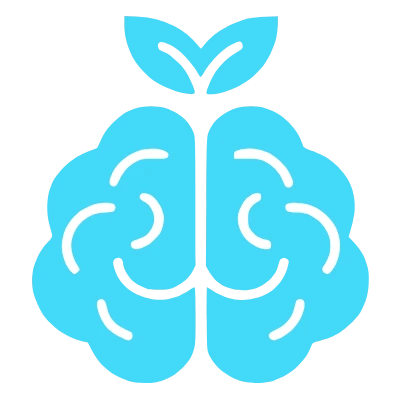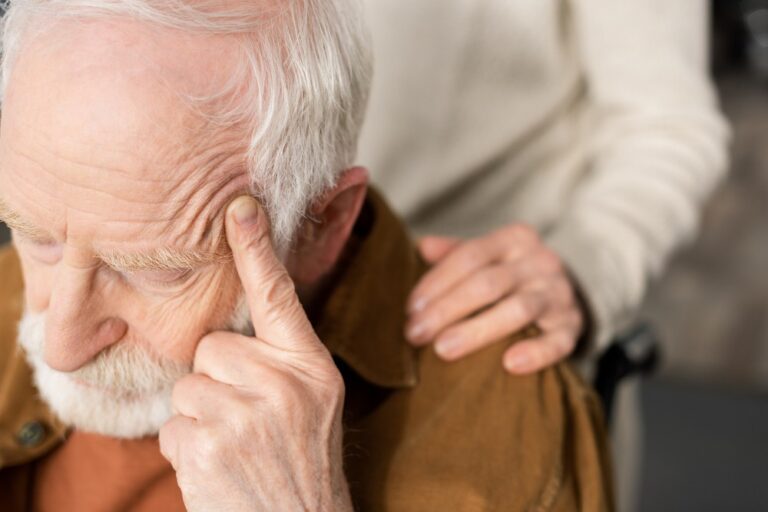As the seasons change, in this case from winter to spring, many people feel revitalized by the longer days and warmer weather. However, for some, especially older people, this transition can be challenging due to the onset of spring asthenia.
What is spring asthenia and why does it occur?
When we talk about spring asthenia, we are referring to a set of physical and mental symptoms that appear with the arrival of the new season. Among the most common symptoms of spring asthenia are fatigue, tiredness, lack of energy, discouragement and mood swings.
Spring asthenia is, in essence, a process of adaptation of the body to the change of season. In spring, the days lengthen, temperatures increase and there are more hours of sunlight, which affects our biological rhythms and can unbalance our body. This process can be particularly intense in older people, who may have more difficulty adapting to these changes.
Is spring asthenia and spring depression the same thing?
Although sometimes used interchangeably, spring asthenia and spring depression are not the same.
Spring asthenia is characterized by temporary tiredness and lack of energy, which usually disappear as the body adapts to the change of season.
In contrast, spring depression is a more serious and persistent mood disorder, which may require medical treatment and can seriously affect a person’s quality of life.
How to treat spring asthenia in older people?
Many people wonder how to combat spring asthenia in older people, and the truth is that the treatment of spring asthenia focuses on relieving symptoms and helping the body adapt to the change of season.
A balanced diet, rich in fruits, vegetables and foods rich in vitamin C and E, can help strengthen the immune system and increase energy levels. Regular exercise can also be beneficial, as it helps regulate biological rhythms and improve mood.
In addition, it is important to stay hydrated and ensure adequate rest. Of course, in some cases, the help of a health professional may be useful to adapt daily routines and ensure adequate treatment for spring asthenia.
Tips for a better adaptation of our elders to the change of season
The best way to help older people adapt to the change of season and prevent spring fatigue is to adopt healthy habits.
Here are the most notable ones:
- As we have previously mentioned, it is essential to have a balanced diet, rich in nutrients and vitamins, in addition to promoting regular physical exercise, adapted to the abilities of each person to keep the body and mind active.
- It is essential to maintain a good sleep rhythm, trying to rest the necessary hours and maintain a regular sleep routine. Avoiding long naps and trying to go to bed and get up at the same time every day can help regulate your biological clock.
- In addition, it is advisable to spend time outdoors and enjoy natural light, especially during the first hours of the day. This can help reset circadian rhythms and improve mood.
- On the other hand, it is important to be patient and understand that adapting to the change of season can take time. Older people may need more time to adjust to changes in light and temperature, so it is essential to respect their pace and provide them with the support they need.
If the symptoms of spring asthenia are prolonged or very intense, it is advisable to consult a health professional, since, in some cases, specific treatment may be necessary to alleviate the symptoms and improve the person’s quality of life.
And that’s it! As you can see, spring asthenia is a common phenomenon that can especially affect older people. And, although it may be uncomfortable, with proper care and the adoption of healthy habits, it is possible to minimize its effects and facilitate adaptation to the change of season.
But remember, if you have any questions or concerns, do not hesitate to consult a health professional. Your well-being and that of your loved ones is the most important thing.






